Influencer Marketing ROI: How Do You Ensure You’re Getting Value For Money?
With over 7 years of e-commerce experience, Agne has mastered the balance of creativity and performance. From guiding social media strategies to crafting high-converting ads, she’s all about results.

Sixty percent of shoppers say blogs influence them when shopping online. A further 69 percent say they trust influencer recommendations, and 75 percent say they use social media for purchasing advice.
As such, influencer marketing is essential.
But even so, you shouldn’t write a blank check to social media personalities. Value for money still matters!
That’s where return on investment (ROI) enters the picture. It measures the ratio of spending to what you get back in profit.
Measuring ROI is critical because it tells you if your strategy works and prevents you from losing money. It’s a form of rapid-fire feedback that gives you a heads-up if you are getting something wrong.
This article explains why ROI matters so much for influencer marketing. Then, it discusses how you can calculate your return on investment and various tools you can use.
Lastly, we explore the pitfalls of measuring ROI, and why so many brands find it challenging.
Why ROI Is The King Of Influencer Marketing Metrics
The definition of ROI is pretty simple. It’s the percentage return you get on an investment.
You can use it in numerous business situations but it is enormously helpful when plowing money into influencer marketing. It tells you whether the project is succeeding financially.
For example, spending $1,000 on influencer marketing and generating $8,000 in revenue implies an influencer marketing ROI of 700%.
The following table provides some approximate performance thresholds for varying ROI levels. These give you a rough estimate of your outreach campaign’s value. However, the cut-off points that apply to your specific business will vary, depending on your cost structure. (Businesses with more expenses require higher ROIs).
ROI performance guide
| ROI Threshold | ROI Range | Description |
|---|---|---|
| Poor ROI | Less than 0% | This campaign isn’t making much money and could be losing it |
| Okay ROI | 0 to 50% | This campaign is generating a modest, but still low return |
| Good ROI | 50 to 100% | This campaign is generating a reasonable return. |
| Great ROI | 100 to 200% | This campaign is generating strong returns and should continue |
| Exceptional ROI | 200%+ | This campaign offers exceptional returns and should become a flagship marketing strategy |
Companies often target other metrics like:
- Brand awareness
- Sales
- Click-through rates (CTRs)
- Conversions
However, these don’t relate the cost of marketing to the benefits. Only statistics, like ROI, do that.
Other metrics that make this connection can be more useful than ROI in some limited cases. For example, cost per thousand impressions might be superior if your overarching goal is awareness, not sales. Likewise, cost per acquisition (CTA) could also be useful if you want to compare campaign efficiency through time. (Some outreach efforts might be cheaper than others. CPA can help you determine why).
However, most businesses must eventually calculate ROI to determine how campaigns affect their bottom lines, even if they compute other statistics first.
How To Calculate Influencer Marketing ROI
Depending on the available data, there are several ways to calculate influencer marketing ROI. Some of these are straightforward while others are more imputed or involve estimates.
Direct Sales Attribution
For example, you can use direct sales attribution to calculate ROI if you have the correct data.
The influencer marketing ROI formula for this scenario is:

It tells you how much money your campaigns make compared to their expenses.
Sometimes, you will see the ROI formula written as:

This equation says the same thing, comparing profits generated (after expenses) to the original cost of the marketing campaign.
To calculate direct sales attribution ROI, you will need to:
- Log the sales that the influencer campaign generates using promo codes, links, and UTM parameters
- Calculate the revenue associated with those sales (equal to the price times the number of items sold)
- Work out how much the campaign costs, including influencer fees, charges for using various ad channels, and production costs.
- Plug the values you come up with into the above formula
- Compare the output to the thresholds in the table from the previous section
Media Value Estimation
Sometimes you can’t compute direct sales attribution ROI because you don’t have the right data. In this case, you can use a media value estimation method to estimate the value of your influencer campaigns’ media exposure.
The formula for media value estimation ROI is:

To calculate media value estimation ROI:
- Use industry benchmarks to calculate the cost of the media exposure you achieved. (For this, you can look at the equivalent cost per 1,000 impressions).
- Calculate the costs of the campaign (as before)
- Insert numbers into the ROI formula by replacing campaign revenue with “estimated media value”
The main downside of using this method is potential inaccurate valuations. Media values can vary wildly depending on the method you use.
Furthermore, you can’t link media value to sales. While you might estimate a high ROI, it doesn’t necessarily translate into improvements in your bottom line.
Cost per Acquisition (CPA) Method
Finally, some companies use the CPA method. This option is useful when you already know the average lifetime value of a client or find it simpler to track customers than purchases.
The CPA formula is:

For example, if your campaign cost was $10,000 and you earned 50 customers, your CPA would be $200 per customer.
However, this equation doesn’t relate to ROI. To get an estimate of your return on investment, you need to calculate the customer lifetime value (CLV) and insert it into a new ROI equation as follows:

This equation seems complicated, but it makes sense once you digest it. It just shows you the extra value generating a new customer brings beyond the initial cost of acquisition, expressed as a percentage.
To calculate CPA ROI:
- Use methods to track acquisitions generated by influencers
- Calculate influencer marketing campaign expenses (as above)
- Calculate the CPA
- Calculate the CLV
- Insert terms into the ROI equation and calculate the percentage ROI
The problem with this method is the assumptions you have to make about customer lifetime value. Even slight inaccuracies can have massive effects on your estimated ROI. Therefore, make conservative assumptions and track your CLV estimates over time for accuracy.
What Tools Should You Use To Measure Influencer Marketing ROI?
Measuring influencer marketing was once a challenging task. During the pre-2010 era, most brands did it by hand.
However, since then, new software has come along to make everyone’s lives easier.
Most brands use a combination of software (with some integrations). Multiply functionalities make life more straightforward and reduce guesswork.
Google Analytics

Google Analytics is one of the most powerful tools in your stack (and something most brands use at some point in their influencer marketing campaigns). It’s valuable because it offers many metrics to compute the variables for ROI equations. These include website traffic, revenue data, conversions, and traffic sources.
Adobe Analytics
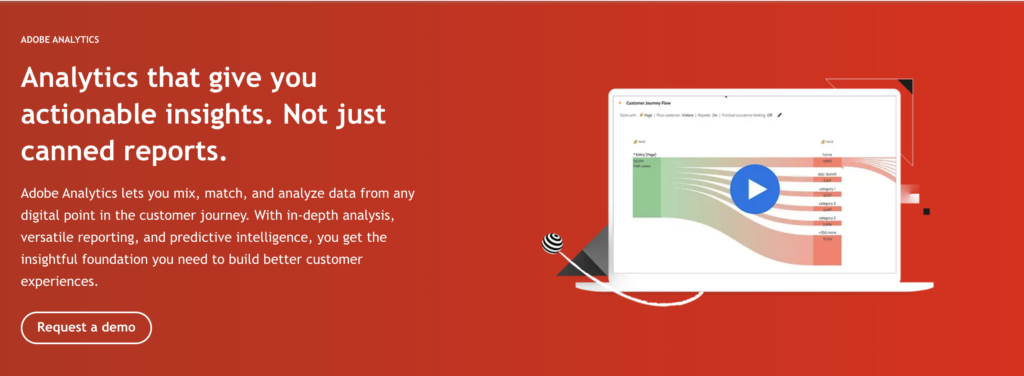
Adobe Analytics may be even better. It’s useful when you need a comprehensive analysis of influencer marketing impact and your brand’s overall digital performance. Companies use it to track user journeys (from various sources), measure behavior, and probe campaign effectiveness in real-time.
Bitly
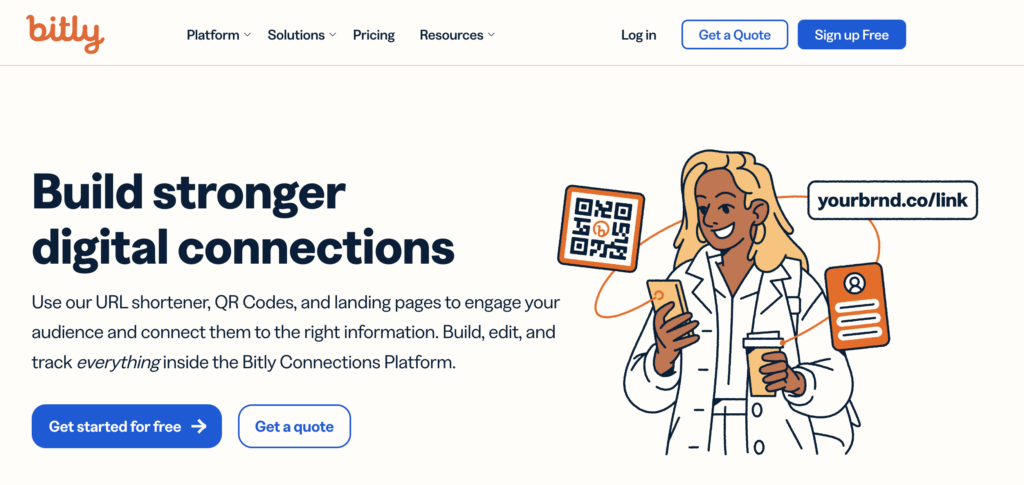
If you run an affiliate model for influencers, software solutions like Bitly can help. These monitor affiliate links and click-through rates, letting you see who generates sales and their impact.
We like Bitly because it lets you rank your influencers by impact. You can see who is making the biggest waves and why.
It’s also useful for providing influencers with feedback. Sometimes, you can use the tool to correlate specific tactics with results, enabling stronger partnerships.
ShareASale
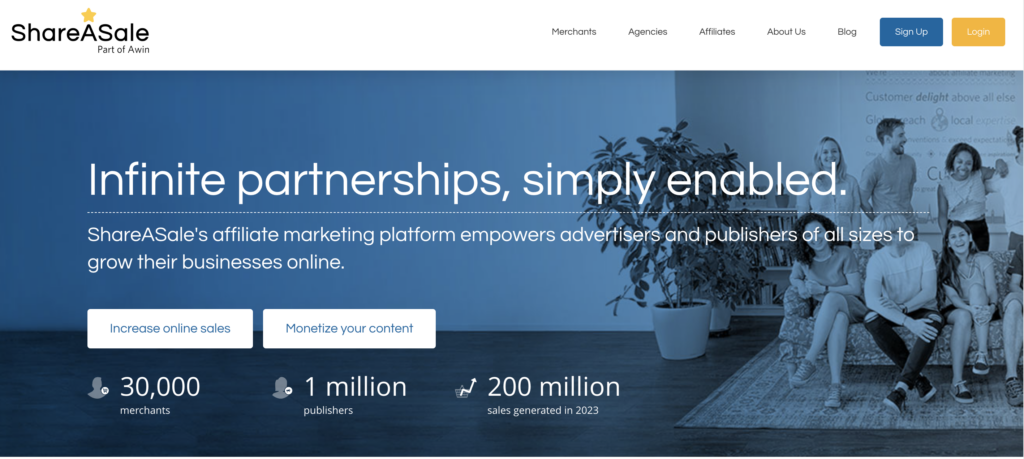
ShareASale does something similar. It lets brands track, manage, and report influencers using affiliate links.
MediaRadar
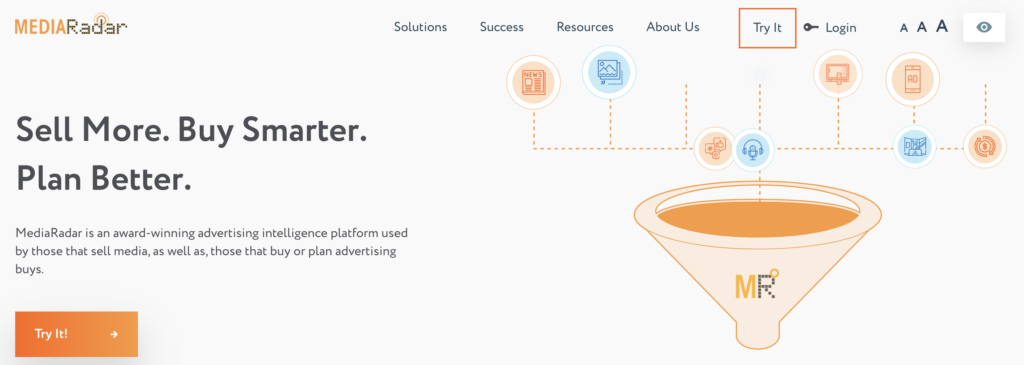
If you need to estimate the media value of an influencer campaign, MediaRadar can help. It lets you compare various media strategies against adjustable benchmarks to determine value for money. You can get estimates for different placements, allowing you to adjust the prices you pay to influencers to reflect their reach.
HubSpot
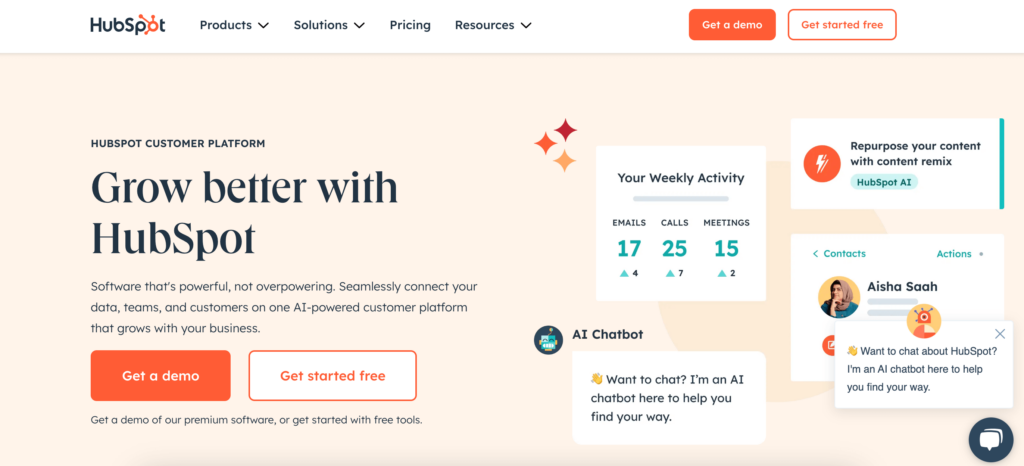
Some brands use customer relationship management (CRM) tools, like HubSpot, to complement their ROI analyses. These can be helpful because of features like marketing automation and analytics.
For instance, HubSpot can track customer interactions and help you visualize the impact of influencer campaigns. You can see who is attracting and retaining clients, getting them to engage with your brand, and, ultimately, generating the highest lifetime value.
Salesforce
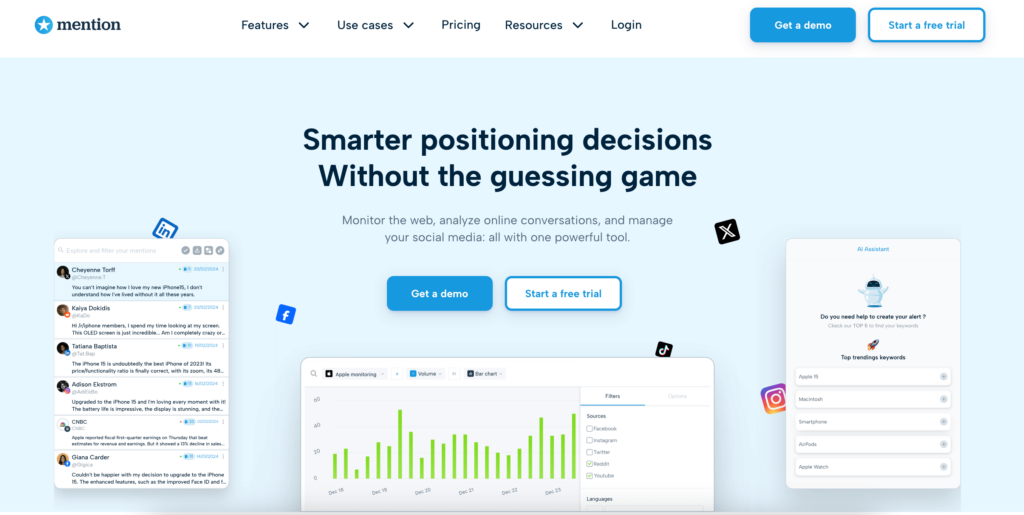
Salesforce’s CRM analytics offer similar insights. You can see how influencers are steering customer behavior and track prospects as they make their way through your sales funnels, right up to preparing documents such as a consulting agreement example when leads convert.
Mention
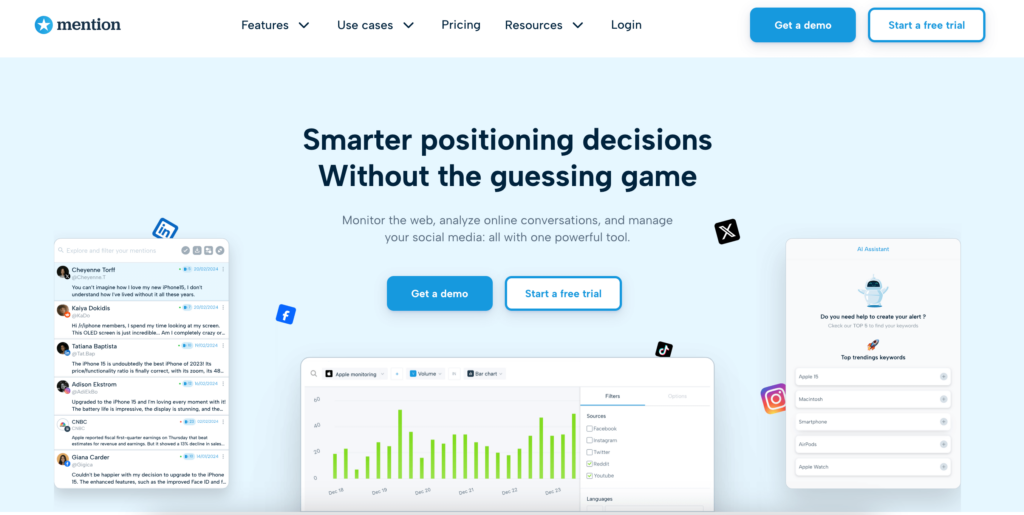
Social listening tools, like Mention, can also play a role in calculating influencer marketing ROI if your goal is awareness or product seeding. These solutions monitor social media for brand-related comments and sentiment, providing metrics telling you whether you are seeing improvements.
Brandwatch, for example, lets you analyze mass discussions on social media about your company and what they imply for your marketing strategy. You can also get outcome data, like how many people like your campaigns and whether they fulfill your initial objectives.
Hootsuite
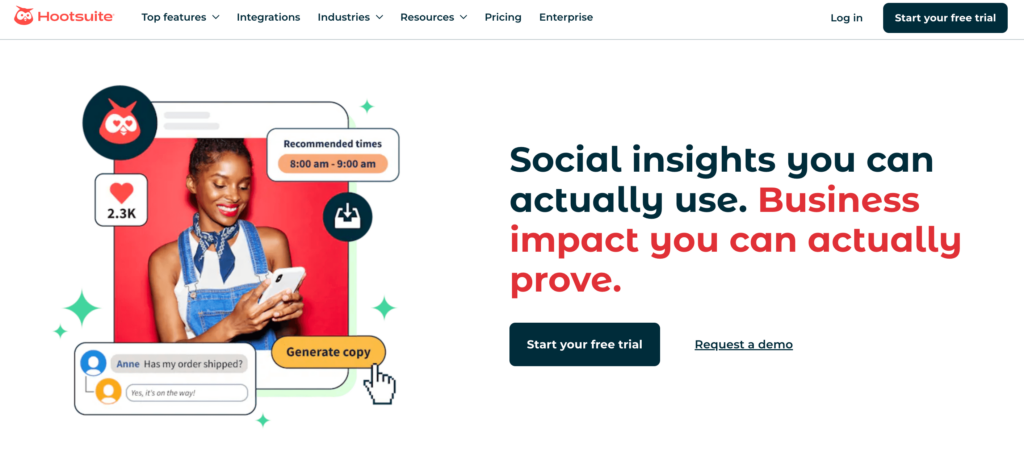
Hootsuite is a social media management tool that lets you analyze and report various ROI-relevant metrics, like reach and influencer performance. You can see their impact, including the number of impressions and unique users consuming their content.
Sprout Social
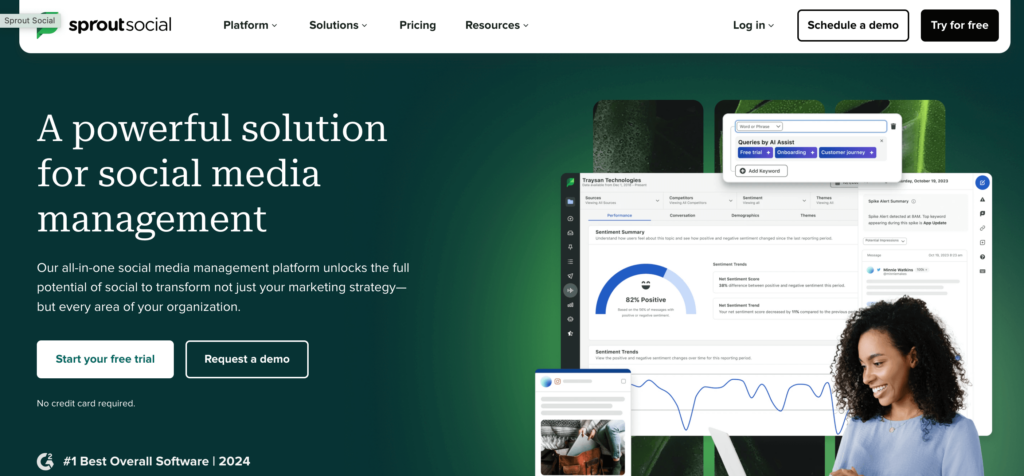
Sprout Social is another option, offering things like engagement tracking and social media analytics. Again, it lets you measure the effectiveness of influencer campaigns and highlight areas where they could improve.
Specialist Tools
Finally, specialist influencer marketing tools provide additional features that simplify campaign ROI measurements. Many of these tools collate the features described above. For example, they can help with:
- Analyzing the performance of influencer content by following engagement metrics and CTRs
- Tracking conversions and sales attributable to specific influencers (to help estimate campaign revenue generation)
- Providing insights into influencers’ audience demographics (so you can the social media personalities with audiences most aligned with your brand)
- Reporting of campaign data including benchmarks and comparisons to previous outreach efforts
- Analyzing current campaign performance against wider industry benchmarks
- Discovering fake or fraudulent accounts (or fake followers that might overestimate reach)
- Attributing influencers’ impact on different stages of the buyer’s journey
How To Integrate ROI Tools With Influencer Marketing Campaigns
Given the abundance of influencer marketing tools available integrating them with campaigns can be challenging.
The best approach is to choose services, like Billo, that coordinate most of the effort for you. These services can reduce administration and eliminate much of the learning curve.
If you want in-house ROI tracking, choose tools with API integration. These make it simpler to fuse various pieces of software with your CRM or workflow dashboard.
It also helps to set unique links when tracking. Don’t allow any ambiguity. You want to know which influencers generate the most traffic and conversions, and why.
The Biggest Challenges In Measuring ROI (And Some Clever Solutions)
Measuring ROI isn’t straightforward. And, to be honest, most brands get it wrong.
However, once you know how to overcome the most common pitfalls, you put yourself (and your brand) in a better position.
So, what do you need to watch out for?
Problems With Attribution
Difficulty establishing attribution is one of the most serious problems brands encounter when trying to measure influencer marketing ROI. It’s not always straightforward to know where a customer came from (particularly if there are multiple touchpoints along the way).
The trick here is to develop so-called multi-touch attribution models for each step in the user journey. These let you weigh the impact of specific influencers and marketing strategies to determine overall responsibility for a sale.
Top brands do this by tracking influencers’ discount codes and affiliate links (if they have any). A combination of metrics is sometimes helpful if you have multiple influencers targeting the same overlapping audiences.
Short-Term Focus
Another error is measuring ROI over short time scales. Coming to conclusions based on one or two weeks of data isn’t advisable because it can skew the interpretation. It takes time for influencers to have an impact.
To correct this, measure ROI over several months or years. Longer periods will reflect an influencer’s performance more accurately.
You can also change your metrics to reflect the period length. For example, you could focus on sales over shorter horizons, and brand loyalty/lifetime value over longer timescales. Being flexible and adapting to new circumstances is key.
Influencer Fraud
Unfortunately, influencer fraud is a reality. Many apparently reputable accounts often harbor dark secrets, like fake followers and engagement.
The best way to resolve these issues and protect yourself is to use fraud detection tools. These identify suspicious account activity and alert you immediately, providing a detailed report. You can see the reasons behind the flagging and get suggestions on what to do next.
Be mindful, though, that influencers won’t know bots are following them. Therefore, providing them with feedback can help them, too.
Data Overload
Another pitfall is trying to crunch too many numbers for ROI calculations. Often, it is tempting to track every metric to get a better idea of where you stand. But this can lead to data overload.
The trick here is to prioritize metrics around your campaign goals. With this approach, you can cut down on unnecessary analysis and focus on the statistics that matter.
Some software solutions also let you customize the statistics they display. These can be helpful when you want staff dashboards to highlight the most relevant metrics.
Incomplete Data
Incomplete data is another significant concern. That’s because it can lead to inaccurate ROI calculations.
Unfortunately, there isn’t an easy way around this pitfall. Only better data collection will improve the situation.
However, most brands make headway by improving their data collection methods. For example, you could:
- Audit data collection methods
- Use various software tools to collect attribution information automatically
- Use several sources to verify published data
Strategies to Overcome Measurement Challenges
Ultimately, the best way to overcome measurement challenges is through digital tracking systems. These make traffic sources less ambiguous and let you make more objective attribution decisions.
Regularly reviewing and adjusting your measurement processes can also help. Keep asking yourself whether you need to track specific metrics and how they could help you long term. If you need to keep fiddling with campaigns to optimize them, do so.
At the same time, train your team. Teach them about influencer marketing ROI measurement best practices and how they can incorporate them into their workflow. Getting everyone on board will help you use data tools more effectively.
Ultimately, these strategies can help you overcome measurement challenges. Collecting accurate data is essential for measuring ROI and figuring out whether your influencer marketing campaigns are successful.
Creative Manager
With over 7 years of e-commerce experience, Agne has mastered the balance of creativity and performance. From guiding social media strategies to crafting high-converting ads, she’s all about results.

Authentic creator videos, powered by real performance data
22,000+ brands use Billo to turn UGC into high-ROAS video ads.
How to Find Micro Influencers for Your Brand’s...
Looking for micro influencers for your brand’s next campaign? You’re [...]...
Read full articleBeyond the Ad: Influencer Marketing Services for...
Sponsored posts alone won’t cut it in 2025. Global influencer-marketing [...]...
Read full articleTop 20 TikTok Influencers for 2025
Having rapidly evolved from a short-form video app predominantly used [...]...
Read full article



